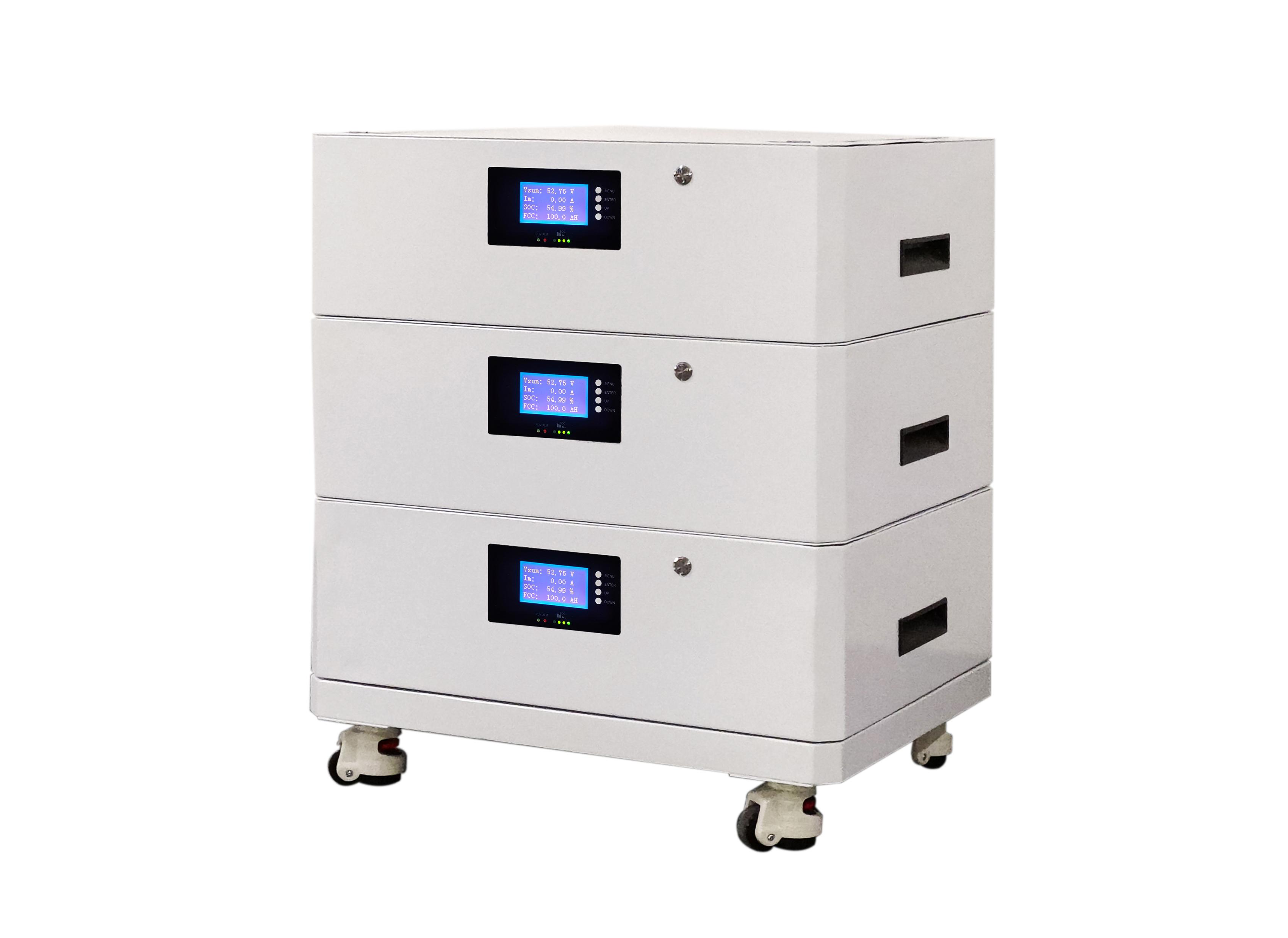
As the global demand for renewable energy continues to grow, Battery Energy Storage System(BESS) is becoming increasingly prominent in the power market due to its flexibility and reliability.BESS serves as an important power balancing and energy management tool to efficiently and steadily extract power from renewable energy sources, such as solar and wind.
Batteries: Batteries are the core component of HOME BESS. Commonly used technologies are lithium-ion, lead-acid, and new solid-state batteries; cell arrangements are categorized into series and parallel to meet the required voltage and capacity of the system. Lithium-ion technology has the highest energy density, longer cycle life, and better efficiency in many applications, making it the most widely used in new battery energy storage systems.
Battery Management System (BMS): The BMS monitors and controls the charging and discharging of individual cells to ensure stable operation. By monitoring battery parameters, estimating the remaining charge (SOC) and the state of health (SOH) of the battery, the BMS ensures that the battery operates within safe limits and prevents overcharging, over-discharging and thermal runaway. Intelligent-BMS from leading manufacturers provide advanced diagnostic functions, self-correction capabilities and cloud data analysis to effectively improve charging and discharging efficiency.
Power Conversion System (PCS): PCS is responsible for the power conversion between the battery system and the grid, realizing the interchange between DC and AC power. Devices such as inverters and DC controllers are key components in PCS. The power density, efficiency and reliability of the electronic converter are critical in selecting a BESS manufacturer.
Energy Management System (EMS): EMS is responsible for monitoring and controlling the overall operation of the HOME BESS system, balancing the storage and release according to the grid demand, as well as fault diagnosis and optimization. the EMS process enables remote monitoring and control, which comprehensively improves the performance of the system and ensures safety and reliability.
Charging process: During charging, an external power source supplies electrical energy to the battery system, which is converted into chemical energy and stored between the positive and negative electrodes of the battery. This is achieved through an electrochemical reaction in the electrolyte.
Discharge process: When the stored electrical energy is required to be used, the battery converts the stored chemical energy into electrical energy by connecting a circuit to supply it to external devices or the power grid. At this point, a reaction occurs between the positive and negative terminals of the battery to convert the chemical energy into electrical energy and realize the output of electrical energy.
Control and Management: Home bess typically include components such as a battery pack, a battery management system (BMS), and a power converter. the BMS is responsible for monitoring and managing the state of the battery, including parameters such as voltage, current, and temperature, in order to ensure safe operation and optimized performance. the BMS is responsible for monitoring and managing the state of the battery, including parameters such as voltage, current, and temperature. The power converter is used to convert DC energy from the battery to AC energy, or to convert electrical energy to different voltages and frequencies as needed.
Efficiency and Loss: BESS will have certain energy loss during charging and discharging, mainly from the incomplete conversion of electrochemical reaction and the resistance loss inside the battery. Therefore, the efficiency of the system is an important indicator, which can be improved by improving the battery technology, optimizing the system design and control strategy.
Declining costs: The cost of home bess has always been a key factor. With technological advances and the realization of scale effects, the cost of battery production is gradually declining. It is expected that the price of batteries will be further reduced in the next few years, making energy storage systems more economical.
Increased capacity and energy density: As technology advances, the energy density and capacity of batteries is increasing. This means being able to store more energy in less space, providing longer usage time and higher power output.
Technological innovation: Battery technology is undergoing rapid innovation and improvement. Researchers and developers are making many breakthroughs in materials science, nanotechnology, and battery architecture to improve the efficiency, life, and reliability of batteries.
Multifunctional applications: Home bess are being used in a wide range of applications in different fields, such as power systems, transportation, industrial applications and home energy management. The future trend is to integrate battery energy storage systems with renewable energy generation systems for sustainable energy supply.
Intelligent and digital: With the development of IoT and AI technologies, bess will become more intelligent and digital. This will provide better monitoring, management and optimization of energy storage and usage for different applications.
Overall, the trends in battery energy storage systems are cost reduction, increasing capacity and energy density, technological innovation, multifunctional applications, and intelligence and digitalization. These trends will drive battery energy storage systems to play an increasingly important role in the energy transition and sustainable development.
Next:16pcs 3.2V 30Ah lifepo4 Pouch Battery cells to United Kingdom
Previous:How Long Do Solar Batteries Last? A Complete Guide to Lifespan and Maintenance
Contact Person: Miss. Elsa Liu
| WhatsApp : | +8617763274209 |
|---|---|
| Skype : | +8617763274209 |
| WeChat : | 17763274209 |
| Email : | Elsa@lifepo4-battery.com |